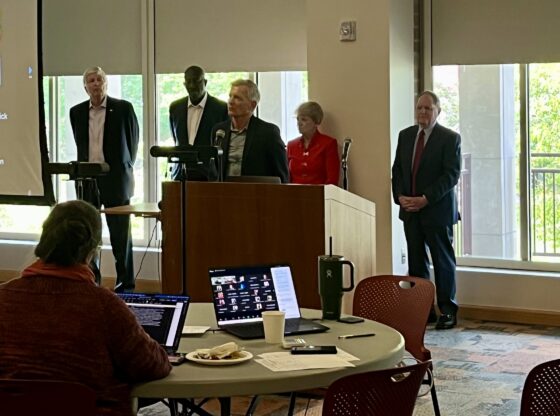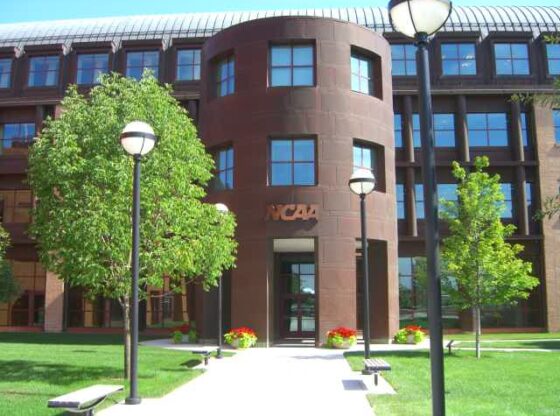University Technology Services (UTS) is implemented new steps to prevent junk mail from flooding student, faculty and staff e-mail accounts.
Bob Shafer, director of Network Security, and Bob Stocker, director of Academic Computing, said they are strengthening DU’s spam shield. Shafer said he spends an average of one hour every day on spam defenses.
An estimated 16,500 messages, or one-fourth of DU’s daily 60,000 incoming e-mails, are bounced back by the new filtering system, and another 7,500 incoming messages are “tagged” as suspicious.
DU currently uses a filtering system that was developed and coded by the combined efforts of Shafer and Stocker. This system automatically refuses e-mail from proven spammers, with a message saying that delivery has been denied with contact information for the UTS in case of a mistake. UTS then scans the header information on each e-mail – the From, To, Internet Portal (IP) and Domain Name Server (DNS) fields – and bounces that information against numerous “blacklisting” agencies, like SpamCop, SPEWS (Spam Prevention Early Warning System) and SpamHaus.
After the e-mail is scanned, the system determines the total point value for each e-mail. The messages with any points at all are “tagged” and accepted for delivery but are subject to User-end filtering.
Once an e-mail has been accepted, then the user-end filtering system kicks in. Recipients have the choice to read or discard the messages in their inbox. The user settings are opened full throttle by default if the filter hasn’t been set.
Those wishing to set up a filter can go to https://odin.cair.du.edu/wam/login.html to adjust their e-mail settings.
The filter for e-mail can be set to a scale ranging from “Aggressive” to “None” (default). The more aggressive the setting, the more “tagged” e-mails will be barred from the user’s Inbox.
Once the filters are set, the junk mail folder must be checked often. One limitation of this system is that filtered mail cannot be forwarded. If a message is filtered into a DU account, then it has to be accessed through that DU account.
The math and computer science departments have been trying out Spam Assassin.
The Law School does not have a spam filter on its mail servers, but it is currently investigating several program options.
Shafer said UTS firmly believes that student e-mail is private business. If Spam Assassin were to be implemented, it would scan all incoming message content for “spammer style” message structure and assign a score value to it, but it would not scan outgoing or interdepartmental mail.










